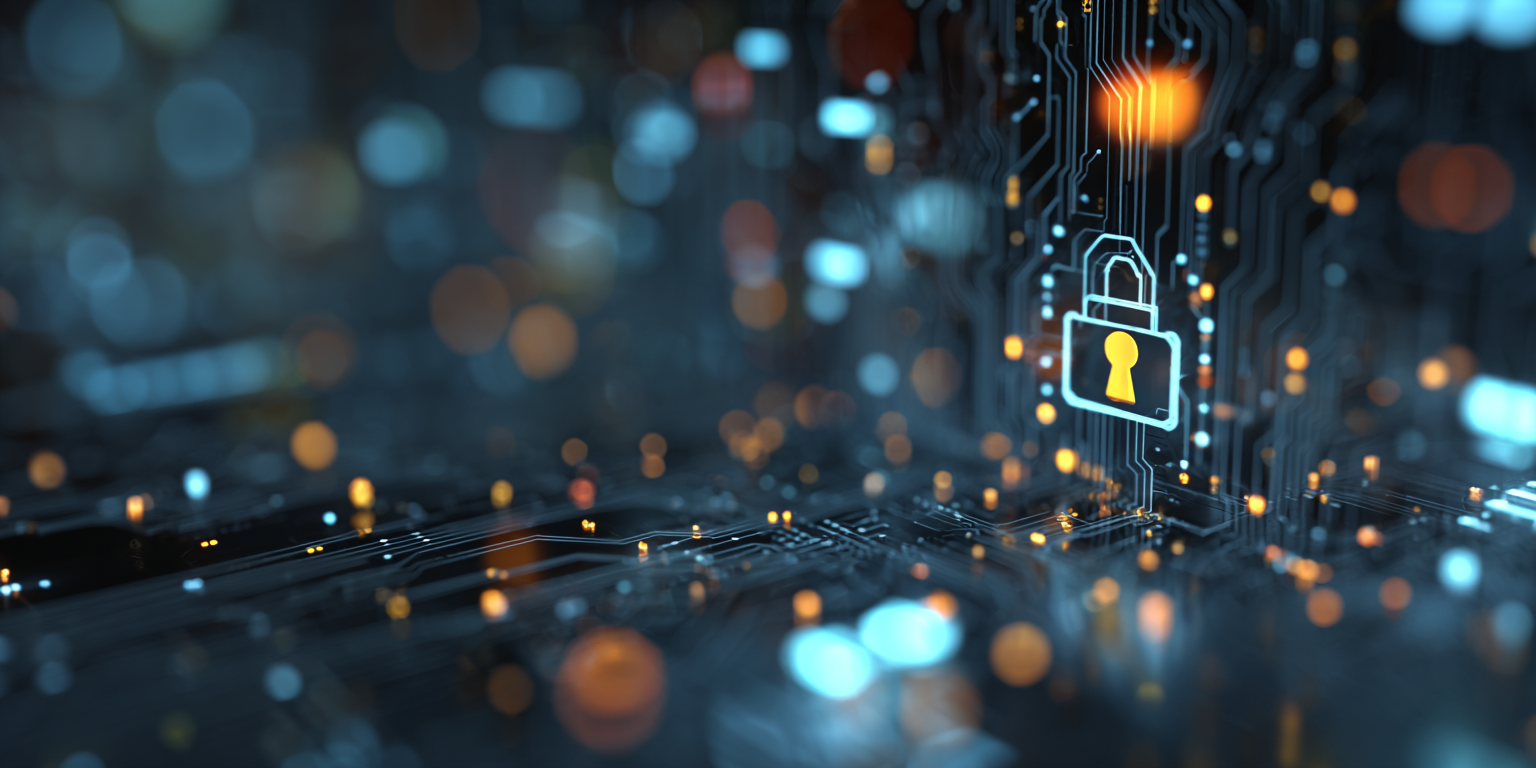Healthcare systems around the world are under increasing strain. Demand is rising, resources are stretched, and ageing populations are reshaping how care is delivered. Yet amid these pressures, technology is no longer just supporting the system, it’s starting to transform it.
One of the clearest signs of this shift is the growing use of connected medical devices. The Internet of Things (IoT) is moving from the margins of healthcare into mainstream use. Remote monitoring, smart sensors and real-time alerts are helping care teams track conditions more closely and intervene earlier.
What makes it all possible is connectivity. The power of IoT lies in its ability to move data quickly, securely and at scale. That requires infrastructure designed for clinical environments.
This article looks at how IoT solutions are reshaping healthcare as we once knew it. We examine the use cases already delivering results and the conditions needed for these technologies to succeed.
What is IoT in healthcare?
IoT in healthcare refers to any connected device that can gather, transmit or respond to clinical data. This is sometimes called the Internet of Medical Things (IoMT). It covers everything from wearable heart monitors and smart inhalers to ingestible sensors and remote diagnostic tools.
What makes these technologies distinctive is their ability to operate in real time. A wearable patch can track heart rate continuously and send updates directly to a clinician, with no hospital visit required. A smart inhaler can detect incorrect usage and monitor environmental triggers for asthma attacks. These devices don’t just collect data; they enable faster decisions, earlier interventions and more personalised care.
Broadly speaking, healthcare IoT falls into three areas:
- Monitoring – devices that track vital signs, symptoms or behaviour, often outside a clinical setting
- Diagnostics and treatment – tools that support faster diagnosis or more personalised, targeted interventions
- Operational efficiency – sensors that improve hygiene, track assets or streamline day-to-day processes in hospitals and clinics.
All of these rely on uninterrupted connectivity. Data has to move securely, reliably and without delay. In practice, that means investing not only in devices, but in the infrastructure that supports them, from network coverage to cybersecurity and cloud integration.
Top use cases of IoT in healthcare
Healthcare providers around the world are using IoT technologies to support earlier diagnoses, closer monitoring and more efficient day-to-day operations. Below, we explore some of the most significant use cases where IoT is already making an impact.
Remote patient monitoring
Remote patient monitoring (RPM) allows patients with long-term conditions to be monitored at home rather than in hospital, using connected devices that track health indicators and send that data to clinical teams in real time.
These systems typically track vital signs relevant to specific conditions. For heart failure patients, this can include weight, heart rate and oxygen saturation. People living with COPD may use pulse oximeters and smart spirometers to monitor lung function. Other commonly monitored metrics include blood pressure, blood glucose, body temperature and physical activity.
There’s solid evidence that remote monitoring reduces risk. A study published in PubMed found that heart failure patients using connected devices saw an almost 60% drop in readmissions, with rates falling to 10.5% compared to the national average of 25%.
Smart diagnostics and treatment
Wearables and sensors are increasingly being used not just to monitor conditions but to support clinical decisions. For example, diabetes care commonly involves the use of continuous glucose monitors (CGMs), which are now prescribed through the NHS in the UK. This gives patients a live feed of their blood sugar levels, replacing finger-prick tests and enabling more precise insulin use.
Over 200,000 people in the UK with Type 1 diabetes are now using CGMs, improving outcomes and reducing emergency hospital visits.
Other tools are showing similar promise. For example, smart inhalers are being used to alert users when medication is taken incorrectly and log usage patterns, helping to prevent asthma attacks.
In neurology, wearable sensors are helping clinicians track Parkinson’s symptoms continuously; something that’s difficult to capture in the clinic. A recent trial used worn devices to record tremors and movement, helping teams detect the progression of Parkinson’s disease in real time.
Connected infrastructure and asset tracking
Not all IoT innovation is clinical. Some of the biggest gains are happening in hospital infrastructure.
Asset tracking is a good example. With hundreds of devices moving around a typical hospital every day, knowing what is where (and whether it’s working) is a logistical challenge. Real-time location systems using RFID and IoT sensors are starting to close that gap, with many hospitals tracking the real time location of medical and non-medical equipment, such as hospital beds.
Hygiene is another area where connected systems are making an impact. Motion-sensing devices are being placed in some ward entrances to prompt staff to sanitise their hands and track overall compliance. This has been linked to measurable improvements in infection control, with research showing a 61% decrease in healthcare-acquired infections as a result.
Ingestible sensors
Ingestible sensors are a newer but growing area of medical IoT. These tiny, swallowable devices can collect data from inside the body, offering a non-invasive way to monitor everything from gastrointestinal pH levels to internal bleeding or medication adherence.
An example of this innovation is Abilify MyCite, the first drug in the U.S. with a digital ingestion tracking system, approved by the FDA. Once ingested, the pill's sensor sends a message to a wearable patch worn by the patient. The patch then transmits this information to a mobile application on the patient's smartphone, allowing them to track their medication intake.
While still early in adoption, ingestible IoT devices show real promise in reducing diagnostic delays and improving long-term condition management, especially when combined with remote care models.
Robotic surgery
Robotic-assisted surgery is one of the most high-profile applications of IoT medical technology. Using connected robotic instruments, surgeons can perform complex procedures with enhanced precision, flexibility and control, often through smaller incisions and with less physical strain.
Several hospitals now offer robotic surgery for urology, gynaecology and gastrointestinal procedures. The Da Vinci surgical system, for example, is used across multiple sites to assist with minimally invasive operations, helping to reduce recovery times and post-operative complications.
These systems rely on real-time data exchange between surgeon, robot and patient monitoring tools. As more surgical environments adopt connected systems, the need for fast, low-latency network infrastructure becomes mission critical.
Mood sensors
Mental health services are exploring wearable devices that measure physiological data linked to mood. Trials of mood-aware technology have shown early signs of helping clinicians detect early relapse in patients with depression or bipolar disorder, using heart rate and sleep metrics as indicators.
Meanwhile, combining remote diagnostics with teleconsultation is helping clinicians manage patients in rural or underserved areas. For example, the use of connected ECGs and blood pressure cuffs during remote GP appointments is now being trialled across several ICS regions. These tools support safe clinical decisions without requiring in-person visits.
As with other use cases, connectivity is key. A stable and secure network must underpin any solution that relies on real-time data, especially in environments where latency or packet loss could affect patient outcomes.
Explore IoT solutions today
Learn more about the power of IoT in healthcare.
Benefits for healthcare providers and patients
The impact of IoT in healthcare goes well beyond efficiency. It’s reshaping how care is delivered, how patients engage with their treatment, and how health systems manage pressure. Key benefits include:
- Better outcomes and fewer readmissions – earlier intervention, supported by continuous monitoring, helps prevent deterioration. In trials, heart failure patients using remote monitoring saw readmission rates fall by nearly 60%.
- Lower costs across the system – reducing hospital stays, cutting emergency admissions and improving medication adherence all contribute to lower overall costs, both for providers and the wider system.
- More personalised care – real-time data allows treatment to be adjusted more precisely to a patient’s needs. Patients managing conditions like diabetes or COPD can take more control, with clinicians able to monitor trends over time.
- Greater efficiency for clinical teams – automated data collection saves time and reduces manual reporting. Staff can focus on responding to clinical needs, not gathering information.
- Stronger operational decision-making – aggregated IoT data helps trusts and care systems make informed choices about resource allocation, equipment usage and workforce planning.
Challenges and considerations
For IoT in healthcare to deliver at scale, several underlying challenges still need attention. Most are not technical limitations, but system-level issues that require the right mix of planning, investment and collaboration. Each presents an opportunity for healthcare leaders to take a more strategic approach, particularly when it comes to infrastructure and integration.
- Security and privacy are non-negotiable – health data is heavily regulated for good reason. As more devices come online, health organisations will need stronger visibility, segmentation and threat detection. Trusted networks and smart connectivity partners have a key role to play here.
- Rollout is complex – the technology is proven, but deployment at scale still involves cost, complexity and cultural change. Long-term ROI will depend on infrastructure that can flex and scale with demand.
- Confidence and usability matter – adoption won’t come from tech alone. Clinicians need devices they can trust. Patients need to feel in control of their data. The more intuitive and transparent the solution, the greater the uptake.
Getting this right isn’t just a technical task, it involves aligning policy, infrastructure and practice. That includes the underlying connectivity. This is where specialist IoT partners like Three Group Solutions can support healthcare providers, offering the secure networks and visibility needed to manage connected care with confidence.
What’s next for IoT in healthcare?
As healthcare systems shift towards more proactive, data-driven models, IoT will play a central role in how care is delivered, coordinated and scaled. The question is no longer whether connected care is viable, but how to implement it safely, consistently and at pace.
The future will likely involve greater use of AI to analyse real-time data from connected devices, more decentralised models of care through virtual wards, and a stronger push for interoperability across healthcare systems. But these advances will depend on the foundations, secure connectivity, flexible infrastructure and end-to-end visibility across networks and devices.
For healthcare providers, the priority is clear: invest in the systems that support smarter care, not just smarter devices.
Explore IoT solutions
Successful IoT in healthcare depends on the right connectivity. From secure networks to real-time visibility, the foundations matter.
Three Group Solutions works with healthcare providers to support connected care with infrastructure that’s built for clinical environments.
Want to learn more? Contact us to explore how we can support your IoT strategy, and learn more about our IoT solutions.




